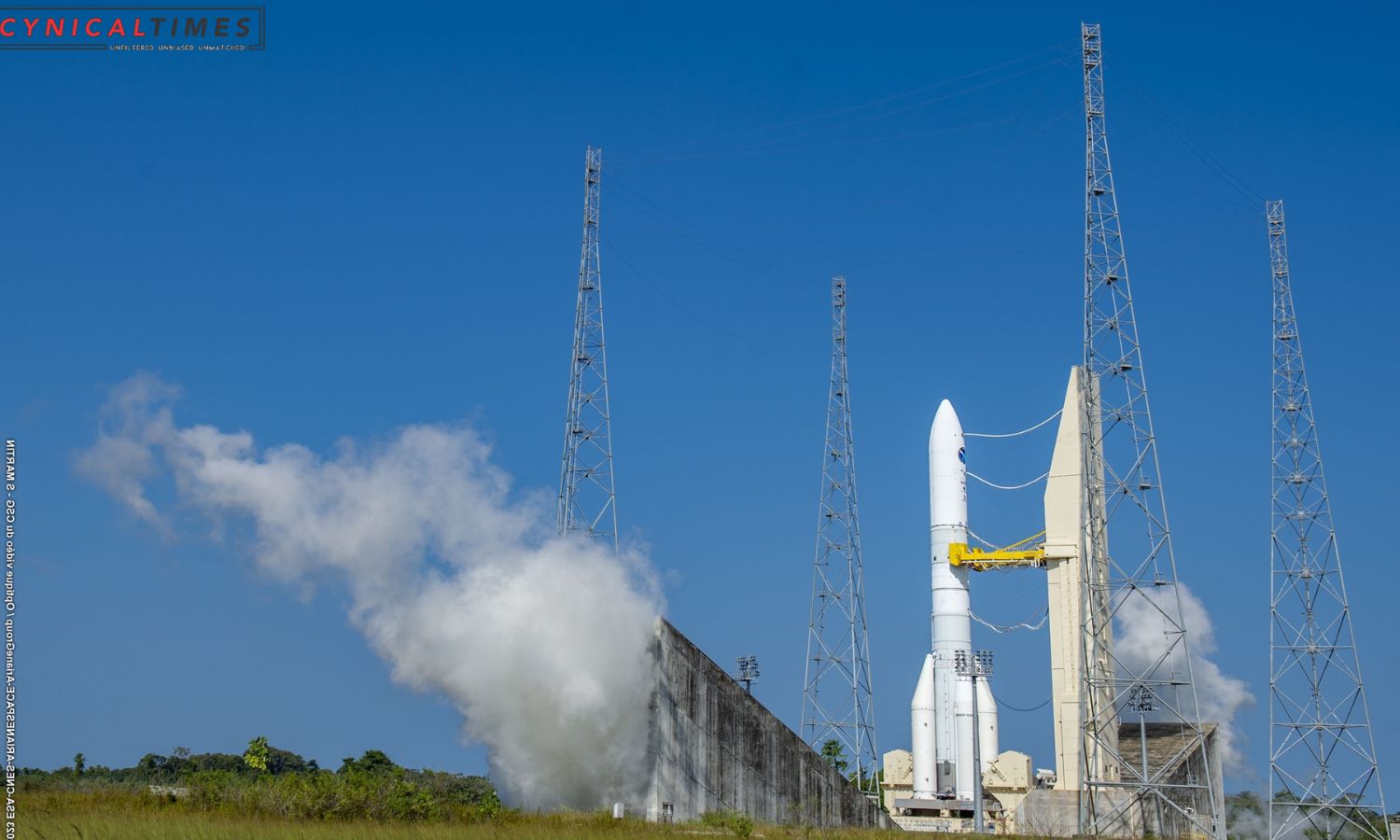Ariane 6 Rocket Ignites Success: The recent successful test of the Ariane 6 rocket’s Vulcain 2.1 engine represents a pivotal achievement for the European Space Agency (ESA) as it inches closer to setting a date for the rocket’s inaugural launch. The test, a full-duration static-fire lasting seven minutes, closely mimicked the conditions the core stage would encounter during an actual launch. Despite a minor delay due to a transient threshold pressure anomaly, the test ultimately confirmed the readiness of the rocket’s core stage.
Josef Aschbacher, Director General of ESA, highlighted the significance of this milestone, emphasizing the meticulous planning, preparation, and hard work from Europe’s top space engineers. Aschbacher stated that the successful test positions Europe on track to regain autonomous access to space. This achievement follows years of designing and rigorous testing by ArianeGroup, the prime contractor for the Ariane 6 rocket, and the French space agency CNES.
As ESA moves forward, Aschbacher and other officials suggested that this successful static-fire test is one of the final steps before announcing a definitive launch period for the Ariane 6. The next critical test involves evaluating the performance of the Ariane 6 upper stage under degraded conditions, scheduled to take place in Germany in December.
Martin Sion, Chief Executive of ArianeGroup, acknowledged that while a few additional tests are necessary to demonstrate fault tolerance, and flight hardware needs to be shipped to Kourou for the first launch, the Ariane 6 core and upper stages have successfully completed all necessary testing to prepare for their inaugural flight. This signals a significant achievement for the European space industry and a step toward realizing Europe’s autonomous access to space.
Also Read: NASA Celestial Ballet: Earth’s Enchanting Airglow Dance Caught from Space!
Our Reader’s Queries
What is the success rate of the Ariane rocket?
The Ariane 5 launch vehicles have an impressive track record, with 117 launches to their name, 112 of which were successful, resulting in a remarkable 95.7% success rate. From April 2003 to December 2017, the Ariane 5 completed an impressive 83 consecutive missions without any hiccups. However, in January 2018, the launch vehicle experienced a partial failure, breaking its streak of successful launches.
What was the cause of the failure of the Ariane rocket?
The Ariane 501’s downfall was a result of a critical loss of guidance and attitude data, which occurred just 37 seconds after the main engine was ignited (a mere 30 seconds after takeoff). The root cause of this information loss was traced back to software design and specification errors within the inertial reference system.
How many launches did Arianespace have?
Arianespace has achieved a remarkable milestone by launching over 700 spacecrafts in its four decades of operation. This is a testament to their expertise and dedication in the field of space exploration. Their impressive track record speaks volumes about their commitment to excellence and innovation. Arianespace has truly set the bar high for the industry and continues to push the boundaries of what is possible. Congratulations to Arianespace on this incredible achievement!
What engine does Ariane 6 use?
The driving force behind this machine is a solitary Vulcain 2.1 engine, which runs on a combination of liquid hydrogen (LH2) and liquid oxygen (LOX). This particular engine is an improved iteration of the Vulcain 2 engine found in the Ariane 5, but with reduced production expenses.

